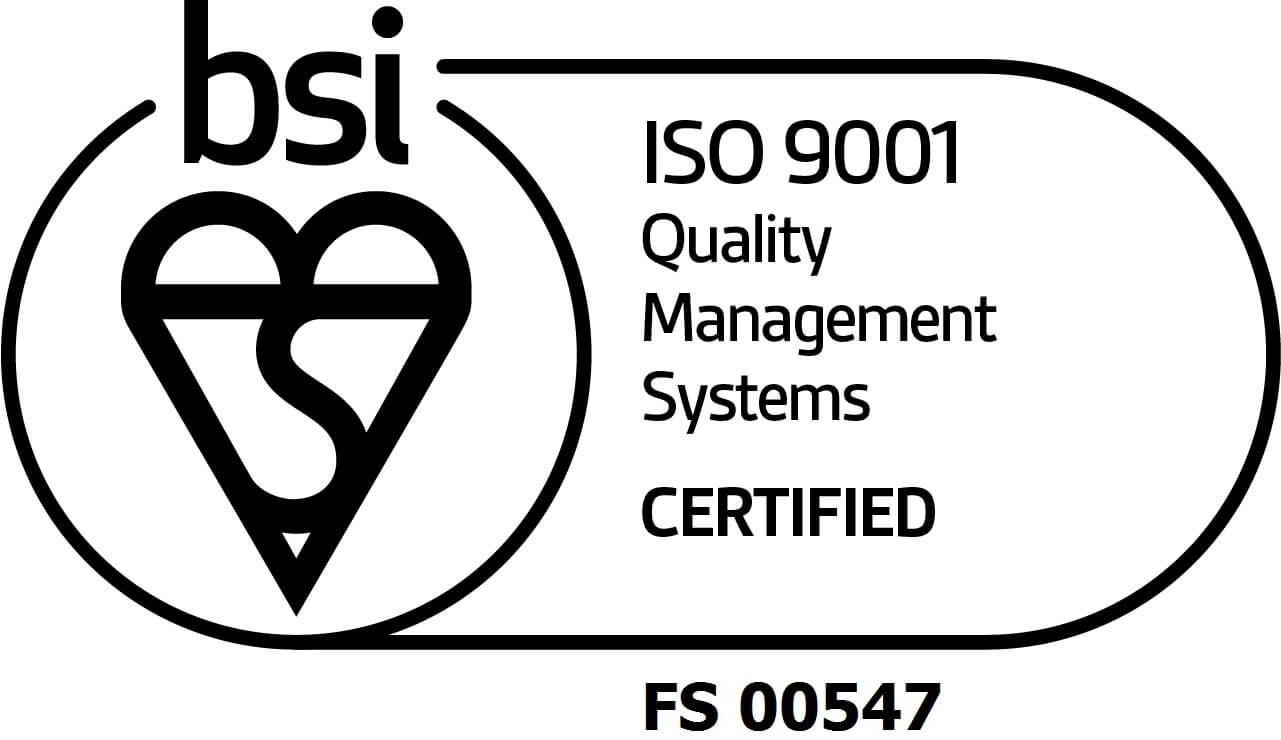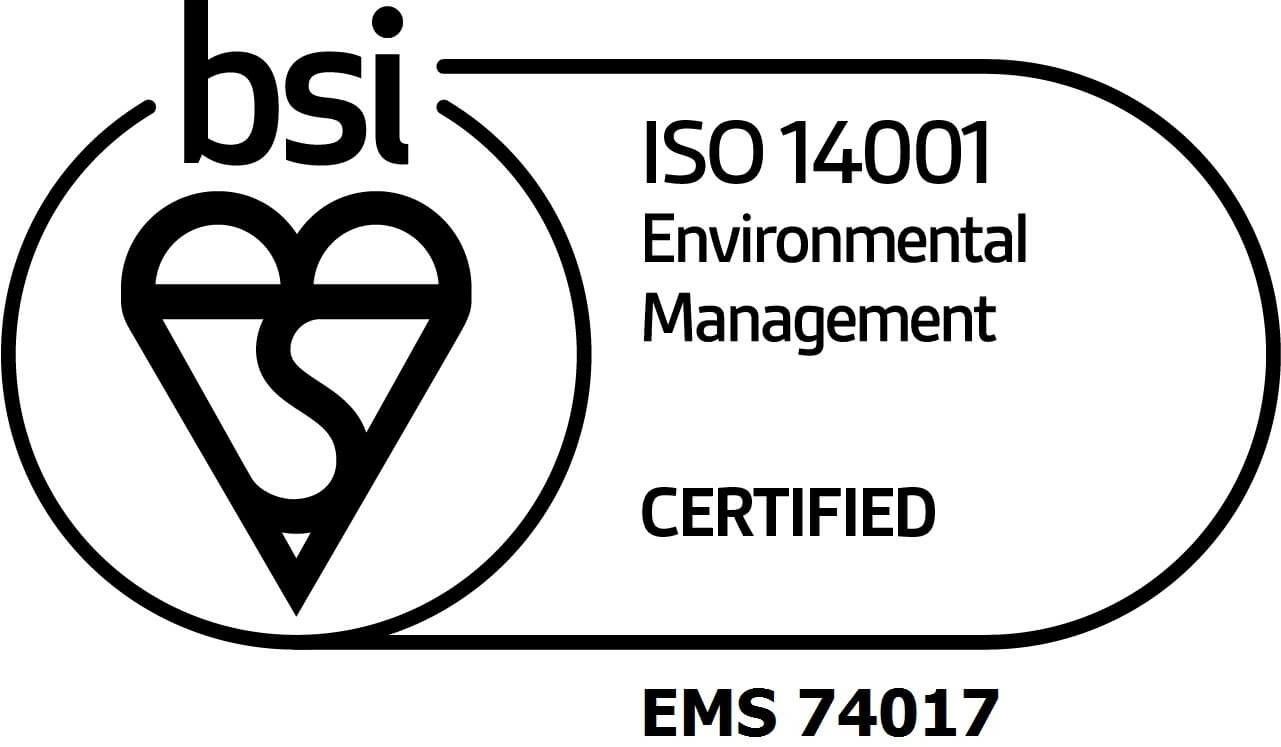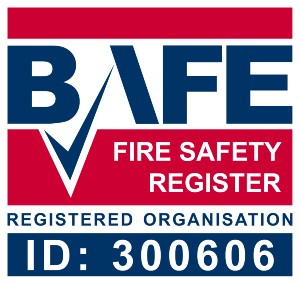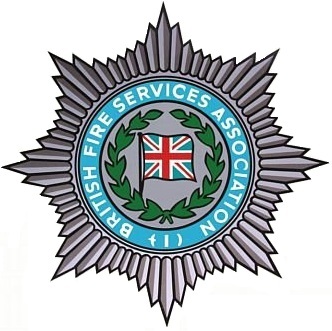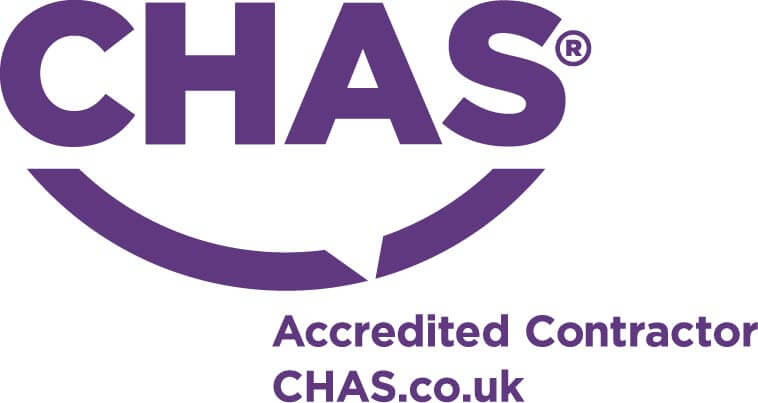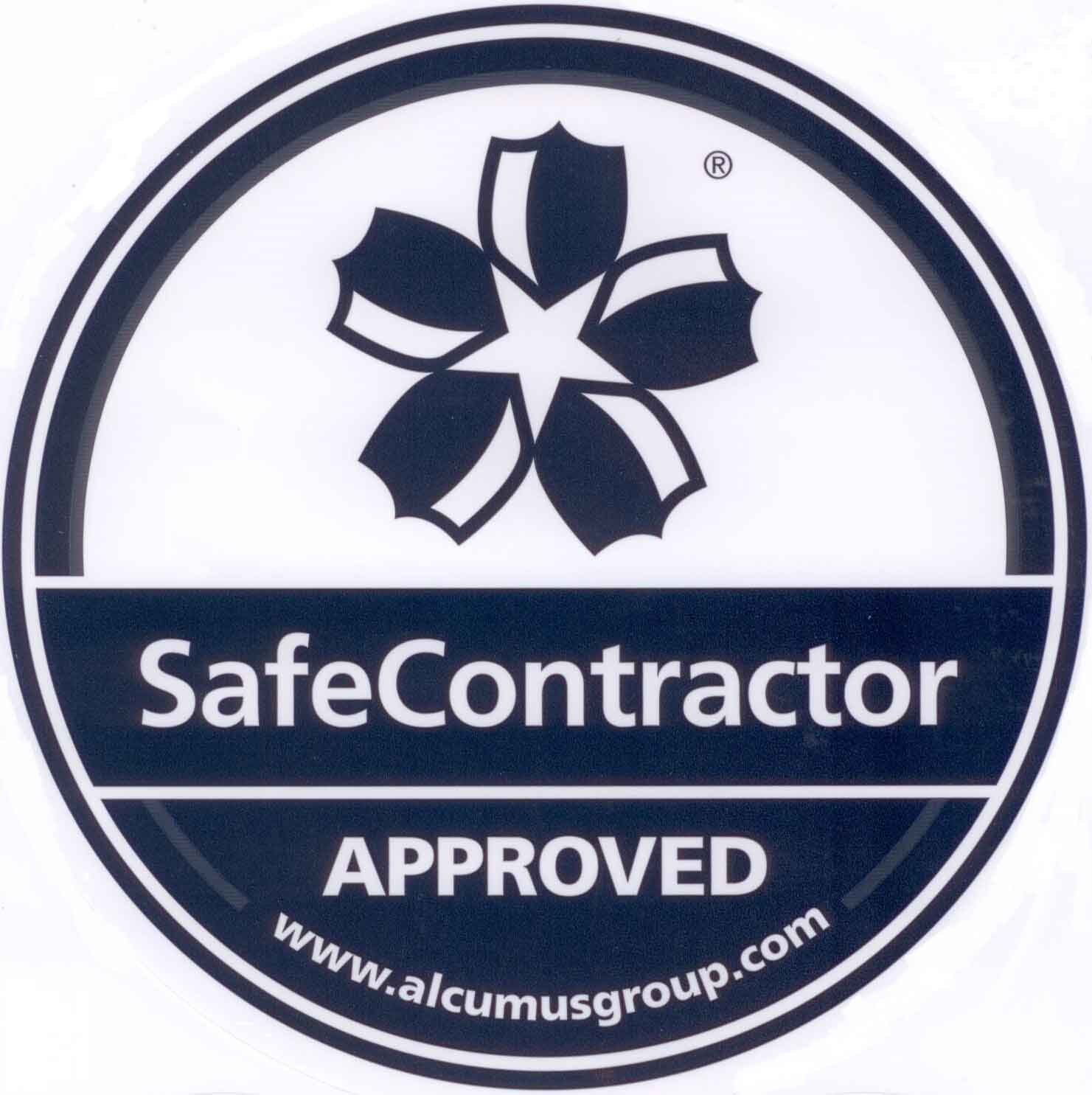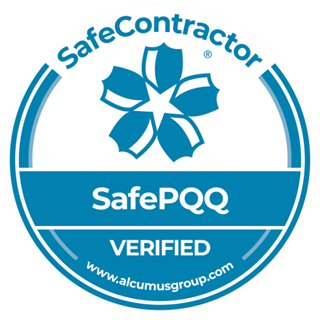How to Perform a Fire Risk Assessment
If you own, manage or operate a business, you will need to make sure that you comply with all aspects of fire safety law, one of the main laws being the Regulatory Reform (Fire Safety) Order 2005. This law, also known as the Fire Safety Order, came into force in October 2006 and covers England and Wales. It applies to virtually all non-domestic buildings, places and structures, including the common parts of apartment blocks and houses in multiple occupation (HMOs).
The London Fire Brigade state that, under the Fire Safety Order, it is “your responsibility to make sure that your workplace reaches the required standard, and employees are provided with the adequate fire safety training”. A large part of this includes conducting a comprehensive Fire Risk Assessment.
Fire Risk Assessments are designed to aid risk reduction and fire prevention. Their aim is identify risks and hazards within your commercial building, reduce or eliminate these risks as appropriate, provide general fire precautions and also to establish and create emergency plans, considering anyone who may be especially at risk within your environment.
There are 5 steps to carrying out a risk assessment, as recommended by the Communities and Local Governments Website, and these are:
Step 1: Identify Fire Hazards
This step involves making a note of anything within your building that could be a potential fire hazard. In order to do this effectively, it is important to learn every aspect of fire ignition and properly understand how fires occur. You must assess your building, detailing things which could start fires, such as naked flames, heaters, electrical equipment and commercial processes, and also anything within your property that can burn in a fire, including piles of waste, fabrics and textiles, flammable products, furniture and packaging. It’s also important to consider oxygen sources during this step, such as air conditioning or commercial oxygen supplies, as these can intensify a fire.
Step 2: Identify People at Risk
Everyone is at risk in a fire; however there may be some people for whom the risk is greater. This can be because they are more vulnerable, such as the elderly, children and the disabled, because of when or where they work, for example night staff, people who work close to or with fire hazards or staff who work alone in isolated areas, and visitors or customers who may be unfamiliar with your environment. It is vital to consider who may be at risk within your premises and then make a note of what you have assessed accordingly.
Step 3: Evaluate, Remove and Reduce, Protect
First, evaluate your results from the first two steps: what are the fire hazards within your environment and what are the risks to people in the building. Then, you must remove or reduce these risks as much as possible. For example, get rid of piles of waste, ensure anything that could start a fire is well away from anything that can burn, and conduct PAT testing on all your electrical appliances. It is then important to take action to protect your premises and the people within it. This can be done by formulating escape plans and thinking about what will be done in the event of a fire.
Step 4: Record, Plan and Train
During this step, you must record everything you have found, detailing fire hazards within your premises and the steps you have taken to reduce or remove them. You must then plan precisely what would happen in the event of a fire, including how people will escape and how they will be best kept safe. It is crucial to run through this step with your staff, informing and training everyone in the prevention measures you have put in place and their individual roles in an emergency situation, which includes practice fire drills and fire safety training.
Step 5: Review
Over time, risks may change and this makes it incredibly important to keep your Fire Risk Assessment under review, noticing any changes and updating your fire safety plans accordingly.
Mandatory and highly meticulous, the actual process of conducting a Fire Risk Assessment can be confusing and complex. The level of detail required is intricate and, in order to completely fulfil the criteria of the Fire Safety Order, the method of undertaking a risk assessment can be exhaustive. The London Fire Brigade recommend getting a specialist to conduct your Fire Risk Assessment for you, suggesting it should be “carried out by someone who has had sufficient training, and has good experience or knowledge of fire safety.”
The dedicated team at City Fire are professionals in all aspects of fire safety and fire protection equipment and, as such, conduct comprehensive Fire Risk Assessments. If you would like more information on our risk assessment service, contact the experts at City Fire today. We can take the burden of a Fire Risk Assessment off your hands, ensuring that your premises are completely protected and you are meeting all of your legal and contractual obligations, leaving you to get on with running your business.



